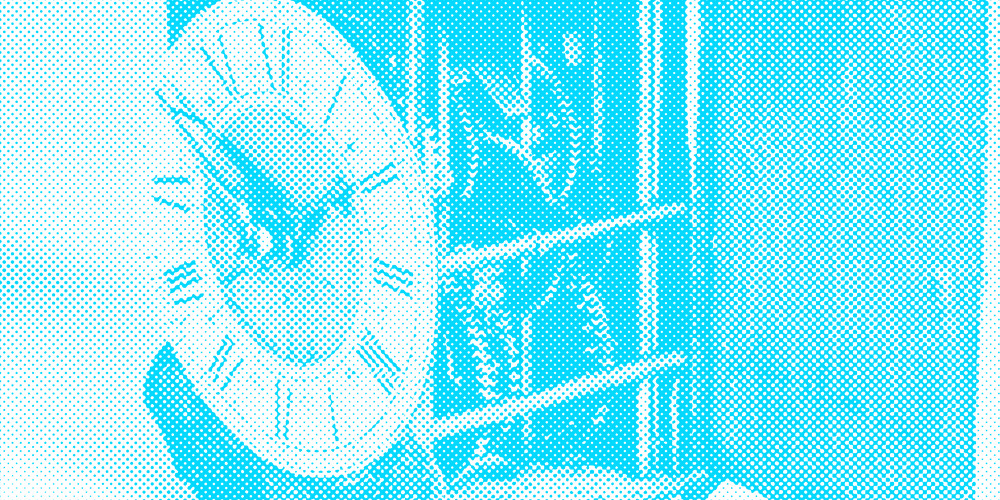House Rules
That’s a rule for me.
Louise Erdrich
Craft Notes
Today is all about writing – about getting words on the page and being mindful of the logic at work beneath your words. Tomorrow, we’ll explore layering.
Every art form has a list of norms, but these are just tools that we have at our disposal. Think of ballet. Again, I’m wading into territory that I don’t know a ton about, but ballet is an art form with a strong history. There are drills that must be done, forms that must be perfected. But each company, each dancer, can bring in their own rules and create a new lexicon, a new shape out of these old elements. To see what I mean, watch this video from Alvin Ailey American Dance Theater.
What are the rules in this piece? In what ways do these rules align with classical ballet, and in what ways are they a departure?
What is the shape of this dance, and what gives the dance its shape? What is the structure of surprise? What delights within the rules of this piece?
Think about your favorite sport or board game. The delight occurs within a set of rules.
I’m not going to teach you a set of rules. I’m sure you’ve heard all the so-called “rules” before. What I want you to consider and explore is the idea of an individual piece of writing’s set of rules. Its “house rules.” I love the simplicity of Louise Erdrich’s statement – “That’s a rule for me.” For me. She’s not saying it has to be a rule for you. (What she’s discussing, brilliantly, is how she brings magical elements into her work. Everything she includes that’s seemingly unreal has to have some possible logical explanation, but she refuses to engage with that logic on the page. She chooses not to explain the uncanny.)
You can make your own rules. Follow your own logic. That logic can come from inside (heart, mind, body) or outside (society, nature). But it’s important to know what set of rules you’ve made for yourself. Sometimes you don’t know until you’ve written the thing. The exercises below will help you explore rule-making and -breaking. Pick and choose what speaks to you. You’ll have time to work in Zoom, too.
Exercises
- Write a list of house rules. What do we do in this house? What is not allowed? What do we believe? Then write a piece using those rules.
- Write a glossary for your piece. Explicitly define what various elements (recurring images, especially) mean within the the context of the piece.
- Look at the table of contents (click the cover of the book to “Look Inside”) for C Pam Zhang’s (incredible) novel How Much of These Hills Is Gold. Choose a few elements from your glossary and create your own table of contents for your piece. Rewrite the piece (or write a totally new piece) using that structure.
- Cross out one of the house rules and replace it with its inverse. Write this into the piece (or a totally new piece). See how it conflicts with what you had before. How can this be reconciled? Does it need to be?
- Write a piece in which a conflict (external or internal) is explosive. Write a mirror piece, in which the conflict forms its own reality. Exist in that reality.
- Choose five associations from ONE of your lists. Put each one at the top of a separate page. Write into each of them. Go as deep or wide as you like.
- Establish a pattern in a piece. Deliberately break it.
- Take one sentence from your work and expand it to three times its length by adding clauses and phrases; make that sentence a world. Use that new sentence as your prompt.
- Mirror the flow of a natural process in your piece. What does decay look like, in words? What about ice freezing? Melting? But don’t write a piece about decaying, freezing, or melting. Write about a memory, an experience, but give it the form of the natural process.
- Write a piece in the form of series of if/then statements.
- Study an object in your household. What is the train of thought (or heart logic or body logic) that the user is supposed to follow in engaging with this object? Write a piece that follows that same train of thought, or deliberately subverts it.
- Mix your lists from yesterday. Choose a way of organizing a piece of writing and a way of organizing thought and memory. Then write a piece that explores a word association list through that dual lens.
